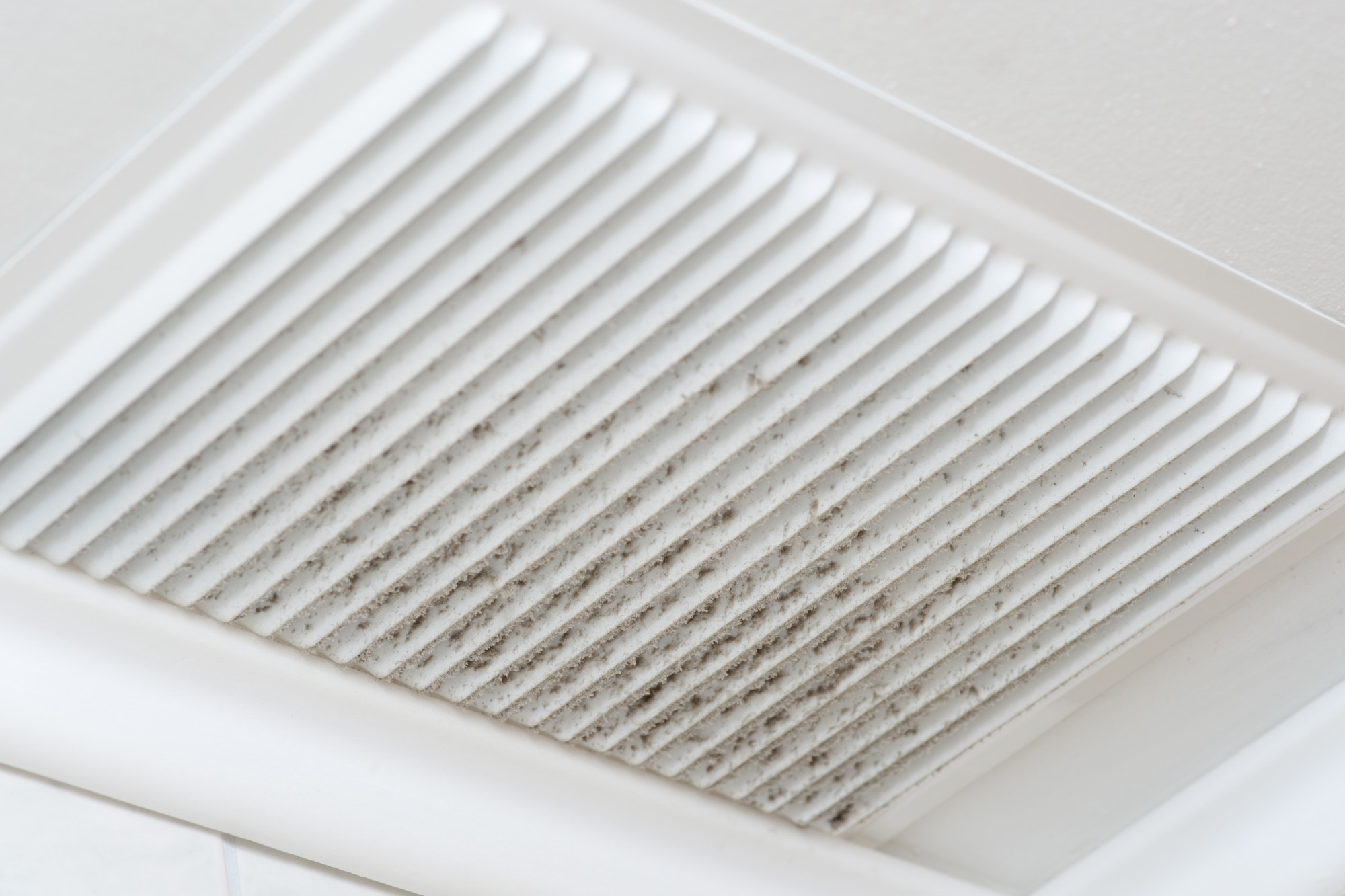We all know that mold is just a part of homeownership.
It shows up on your shower tiles, and sometimes it even shows up on food in your fridge (throw it away now!). These are the typical and largely innocuous forms of mold that aren’t too concerning.
But then there’s the toxic form of mold growth. These are the dangerous kinds that release harmful mycotoxins, and they can cause a slew of adverse health effects.
Here’s a list of some of the subtle signs that you have mold in your home.
1. Musty Smell
One of the first and most telling signs of mold in your house is the presence of a lingering, musty smell—particularly one that just won’t go away.
This is a key indicator of mold growth, and one that you shouldn’t ignore. If you’re using air fresheners much of the time, and complaining about nasty smells in your home, it might be that you have mold, and need to take action.
Also, check for smells that might be coming from air conditioning or heating units. As with your home in general, if you detect strange or unpleasant odors wafting from your AC unit, it could be a sign of a mold infestation.
These units are often damp, with plenty of warm and dark spaces for mold spores to take root and spread.
2. Breathing Issues
This is something to pay close attention to.
If you have pre-existing breathing conditions, such as asthma or COPD, and these issues seem to either worsen at home, or perhaps reappear after a long period of absence, then you might have mold in your house.
This is one of the important mold symptoms to look out for. That’s because airborne mold spores can enter the lungs and either aggravate existing pulmonary conditions, or create problems that weren’t there before.
If you find yourself having breathing problems, go ahead and schedule a doctor’s appointment, and have a mold inspector check it out to look for signs of mold growth.
3. Flooding Issues
Short of actually seeing mold, living in a home that floods often or has flooded before could be a sign that you have a mold problem.
Any home that experiences frequent flooding is one that’s liable to have mold growth. This extends to just about any form of water damage in your home—including roof leaks, basement flooding, or burst pipes. Of course, overflowing or flooding sinks and toilets is another potential cause for finding mold in your home.
Bottom line: any issues with flooding or water damage should prompt an immediate mold inspection.
4. Never-Ending Cold
You should always pay close attention to your health, but this is especially the case if you have reason to suspect that you have mold in your home.
There are often small, subtle symptoms affecting your health that might indicate a mold problem. For instance, frequent sneezing and a nose that never seems to stop running might be a symptom of a mold infestation.
It follows from the fungal nature of mold that many people will be allergic to its presence. So if you have a cold that you can’t seem to kick, or allergy symptoms that linger throughout the year, consider scheduling a mold inspection.
5. Excessive Itchiness
Mold growth is something that only occurs in dark, dank basements and attics, or in saturated walls, right?
Not so fast. Mold can go pretty much wherever it wants to go, and it can certainly take root in clothing just as much as anywhere else.
So damp clothing is an attractive environment for mold spores. If you have a habit of drying laundry indoors, or if wet towels or clothing are left on the floor, these could be colonized by mold growth.
Itchiness and skin irritation might be a sign of mold growth on the fibers of your clothing. Drying clothing and towels immediately is a good way to prevent this problem.
6. Condensation and Peeling Wallpaper
If you happen to notice excessive condensation in your home, such as on glass windows, this could be a sign of a mold infestation.
The reason for this is that such condensation could mean your home is collecting moisture rather than letting it evaporate. Of course, the retention of moisture is the perfect precondition for the growth of mold.
Another potential sign is excessive peeling or bubbling in wallpaper. Some discoloration or distortion of wallpaper is common over time, but too much might indicate moisture in your walls, and therefore the possible presence of mold.
Consider using a dehumidifier if you notice any of these signs, and schedule a mold inspection as soon as possible.
7. Telltale Mold Sightings
The last sign might seem a little obvious, but it’s important not to overlook the actual appearance of mold in your home.
This means looking for telltale markers of mold growth. For instance: darkened grout between the tiles in your shower. This is most often a harmless form of mold; however, if there was any kind of flooding or leaking pipes near your bathroom, it could be a sign of something more serious.
It’s also a good idea to look for signs of discoloration or dark spots on your walls. This could indicate the presence of a nasty mold infestation.
Use This List to Spot Signs of Mold Growth
If you notice any of these signs and suspect that there is mold growth in your home, it’s best to schedule an immediate mold inspection. Even if it’s a false alarm, you don’t want to take chances with your health.
If you found this article informative, please feel free to peruse the many other useful posts on our website.




